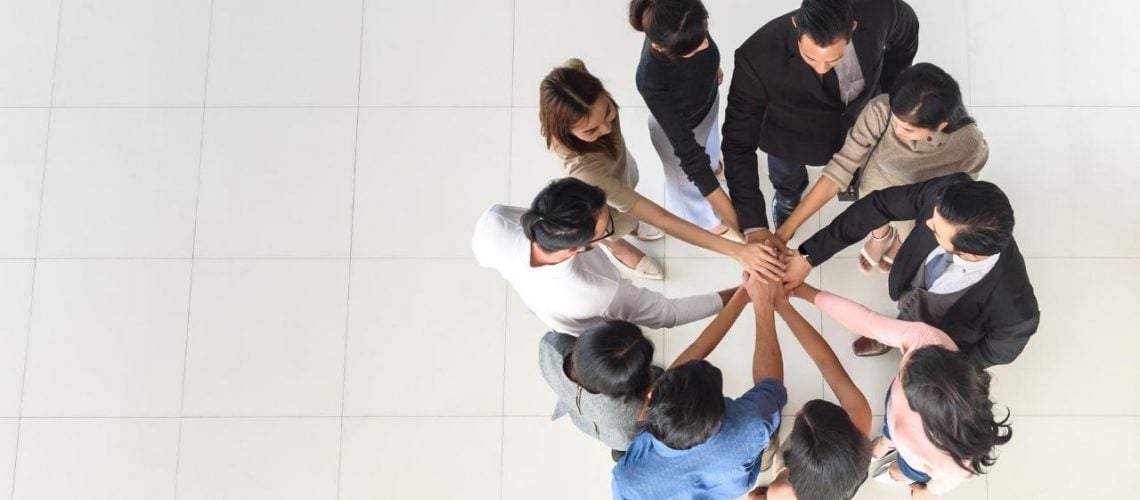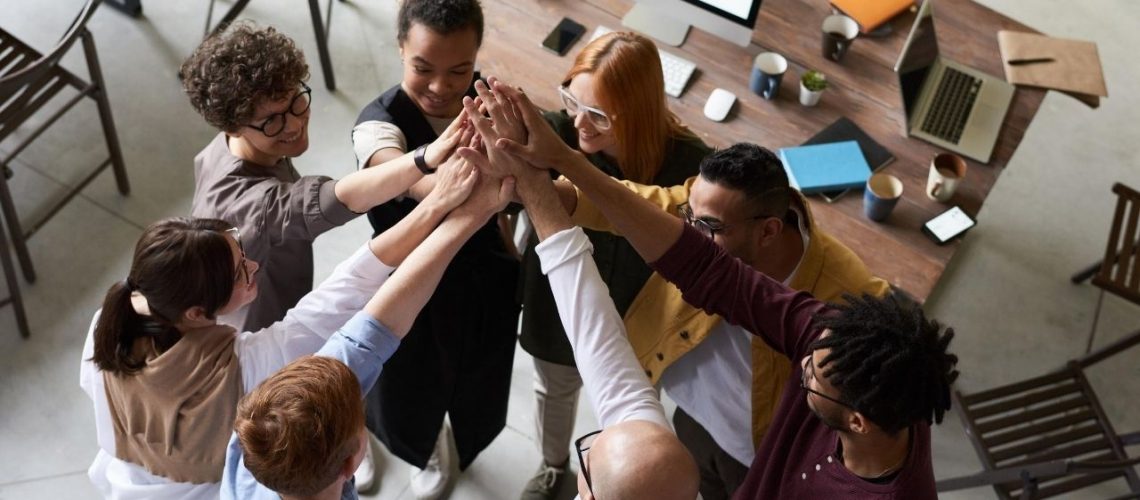The global pandemic has forced every one of us to adjust to a new normal. Businesses, organizations and individuals are all leveraging technology to work from home, upgrading the way we all do business. We began this session with one major question: “what does the Digital Normal look like after COVID?” and left understanding the stark realities of moving online, from both those with technology to those without it.
Today we sat with writer, researcher and storyteller Dr. Nicole Lee-Turner, recently appointed Director for Brookings Institution’s Center for Technology and Innovation in Washington, D.C. Dr. Nicol’s extensive research background in equitable access to new technology led us to uncover multiple disruptions, as well as opportunities buried within our work-from-home culture.
We’ve all had to adjust digitally, particularly with our situations at home. Kids are schooling at home, and women in particularly are more often than not juggling the dual management of their jobs and households. Though working from home has come with its struggles, not everyone has adjusted so easily to working and schooling at home.
Our discussion with Dr. Nicol today revealed ways in which COVID has left behind communities unable to keep up with the demand for accessible technology, also known as the digital divide. As the world is managing every aspect of its lives through technology, from doctor’s appointments, ordering items online, to streaming school lessons, the costs of these adjustments leaves behind families with limited income, broadband internet and the associated costs with these changes behind.
Those who experience inequitable access to technology are also known as the “digitally invisible” and are primarily, as Dr. Nicol describes, “people of color, older people, young people, and our adult workforce that may not be as advanced as we think when it comes to remote access to work.” As the country is getting louder on race relations, we’re acknowledging this gap and beginning to have the difficult conversations.
“We’ve always had a digital divide. And we’ve always had digital disparities, with particular groups. Normally we talk about people who are older people of color, or people foreign born. But what about rural America? There are 55 million people in rural America do not have access to broadband.” And for the students who have been affected by university’s closing, those without sufficient access are struggling to network and find internship opportunities during this time. Even teachers and digitally crutched communities are pulling into parking lots with wifi to administer school lessons to their students.
For the lucky of us who do have sufficient access to technology, the constant availability online has interrupted our personal lives, overwhelming and affecting our mental health. Dr. Nicol advised, “we have to give ourselves that permission to take care of ourselves because this is unlike any time that we have actually seen before in our lifetime.”
Businesses too have been racing to adjust to technology’s new normal. Slashing travel budgets and pouring into online technologies has sent waves throughout the tech industry. But a business’s scale has had a large impact on adjustability. Smaller businesses experience slower service than larger corporations as they manage to adhere to COVID’s restrictions while retaining customer traffic.
One of the positive aspects during the pandemic, Dr. Nicol noted, was witnessing the creativity from individuals and companies. “Hospitals were distressed, and all of a sudden a carwash in Maryland was converted into a testing center,” or “churches weren’t being used and all of a sudden it was drive through medical care.” She continued, “I personally think that we need to continue that level of creativity and ingenuity, because that will actually lead to a pathway, I think, to the next stage of economic development, if we’re lucky.”
Will everything go back to normal? Dr. Nicol suggests otherwise. One thing is for sure: our creativity during this time keeps Dr. Nicol faithful that we can shed light on the digitally invisible.




